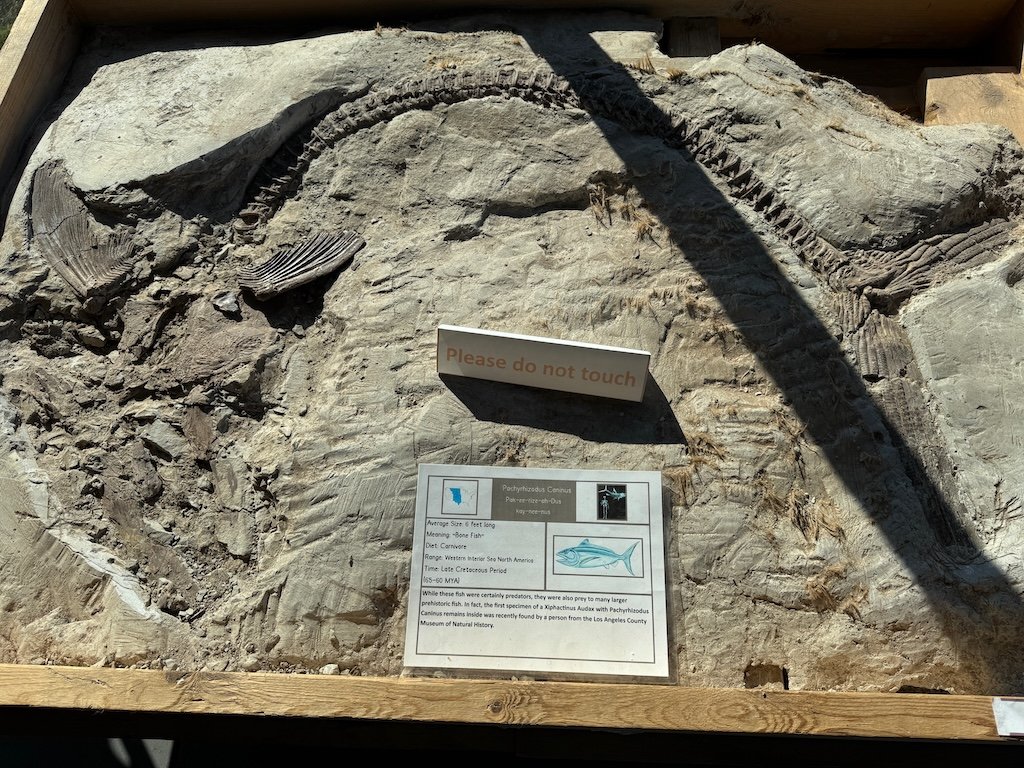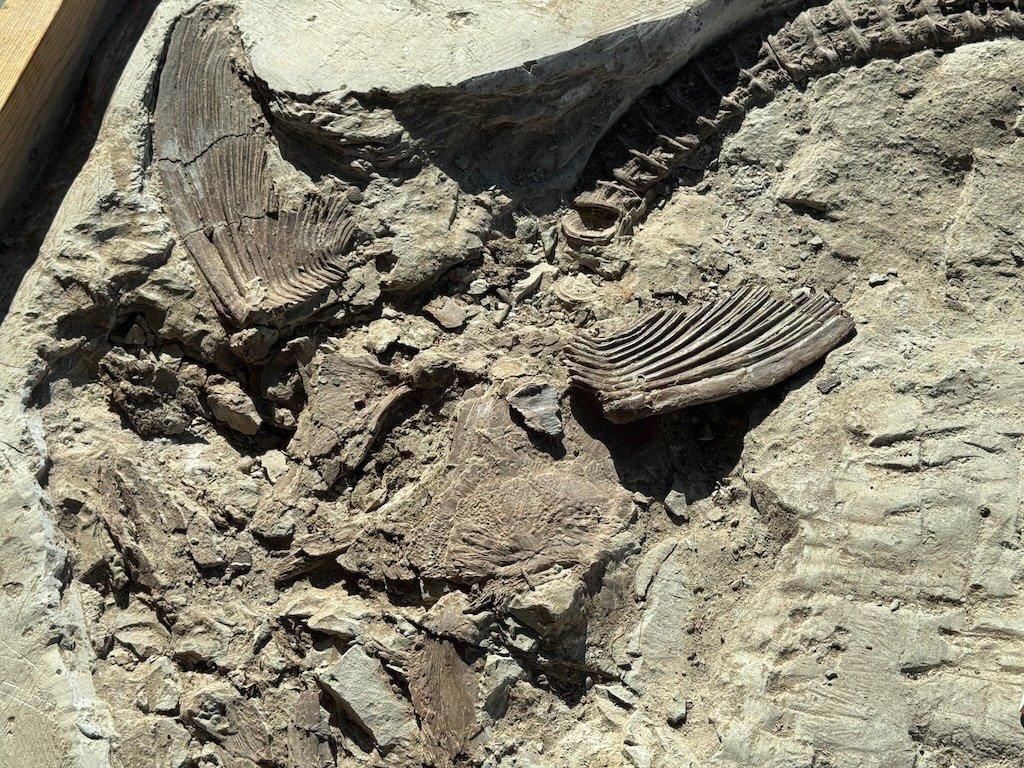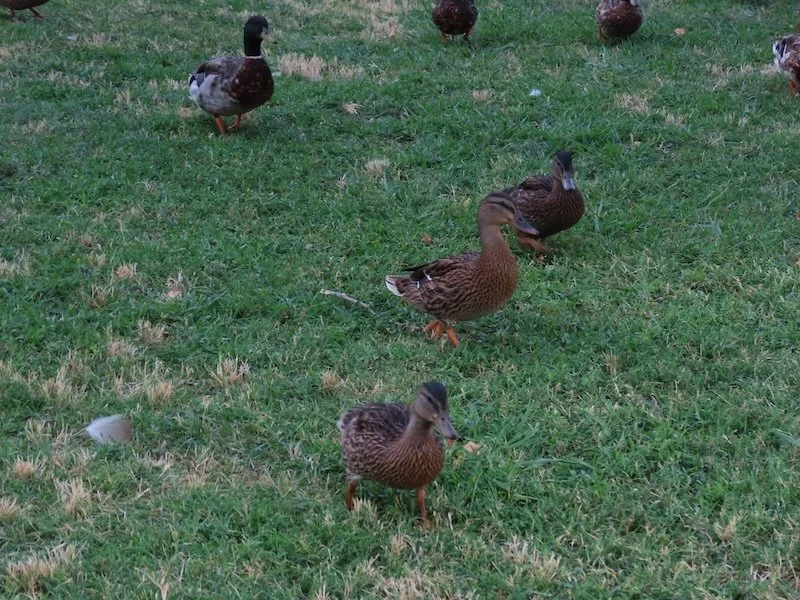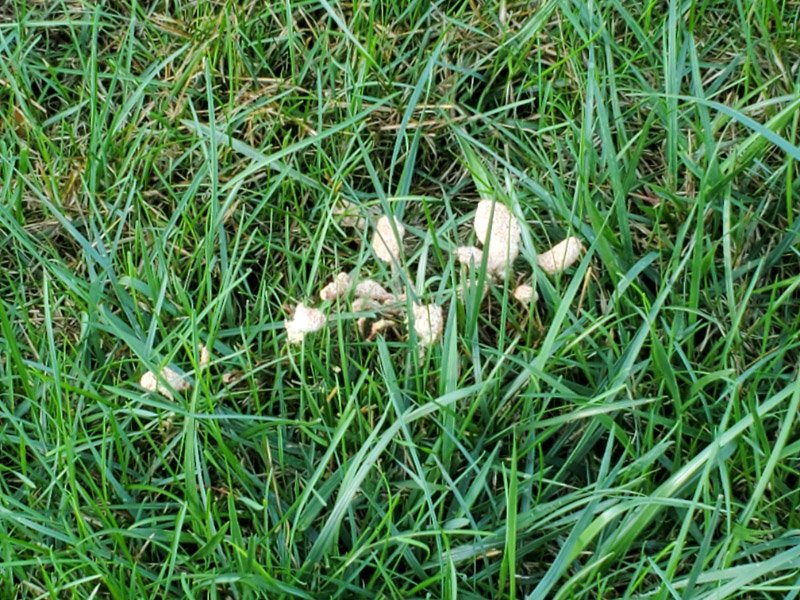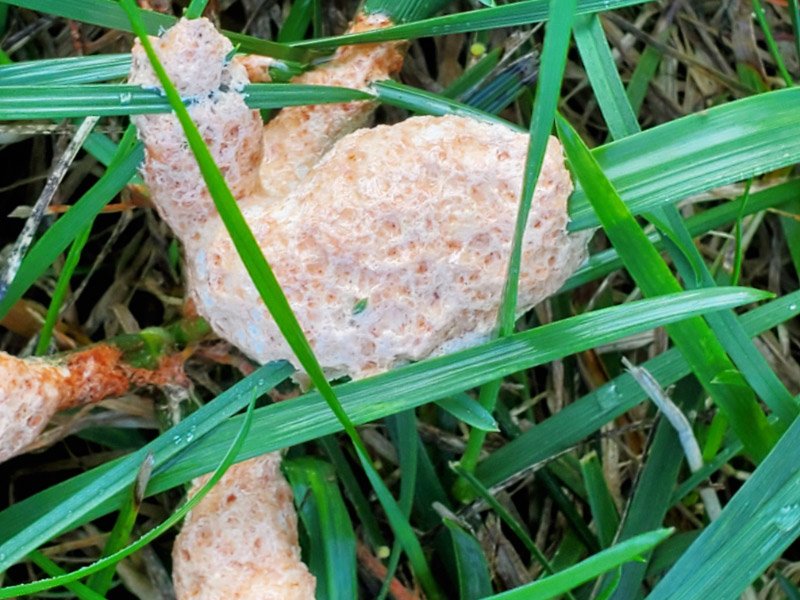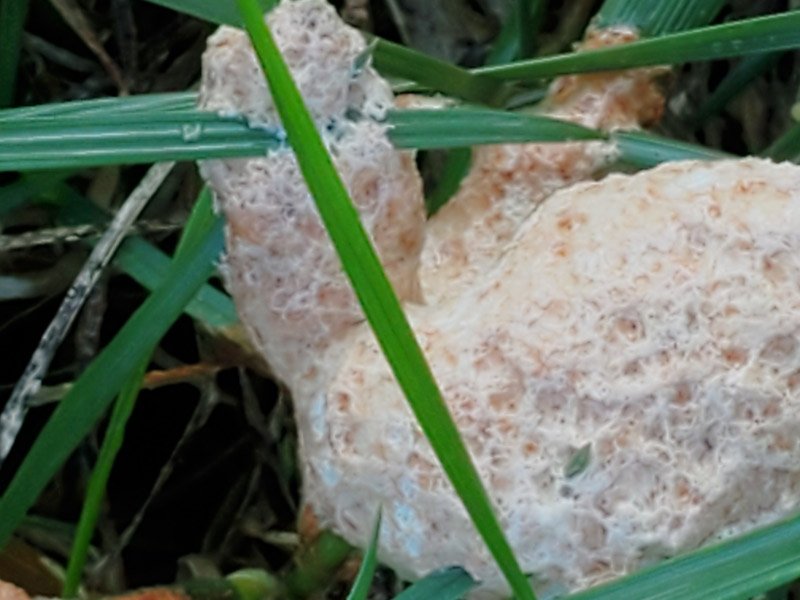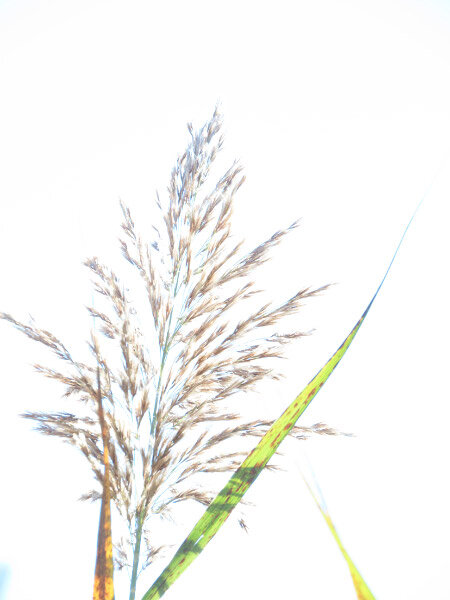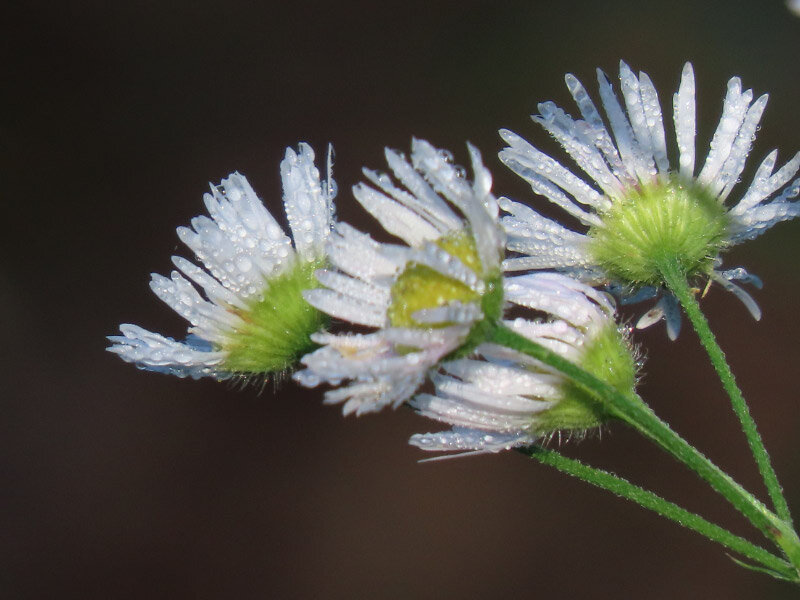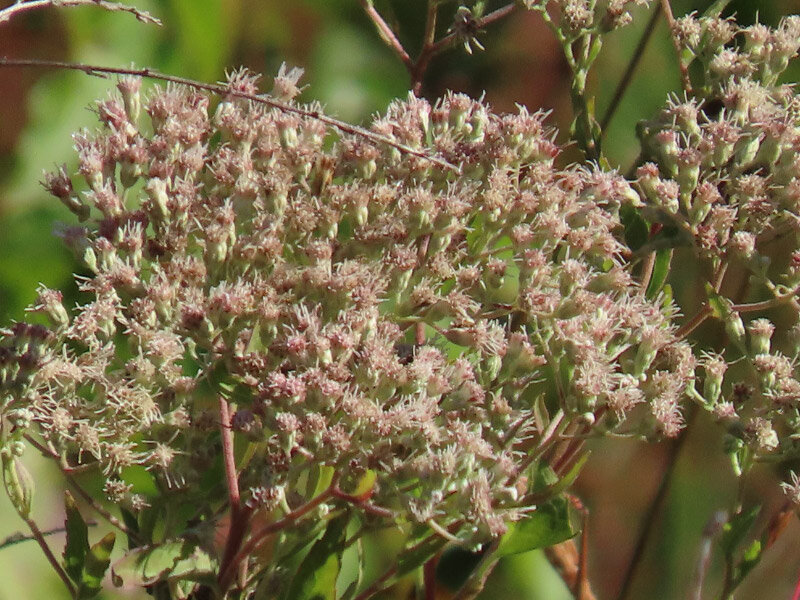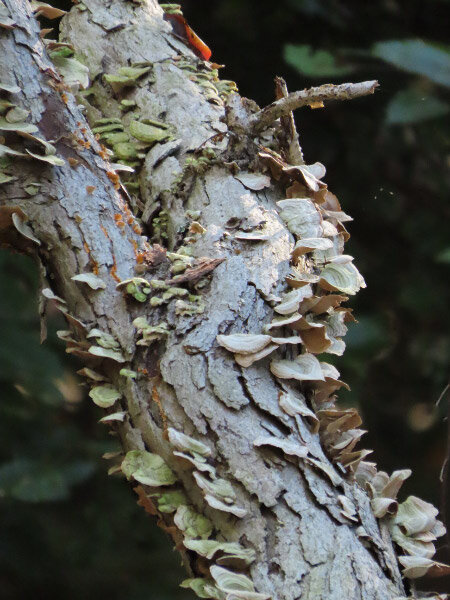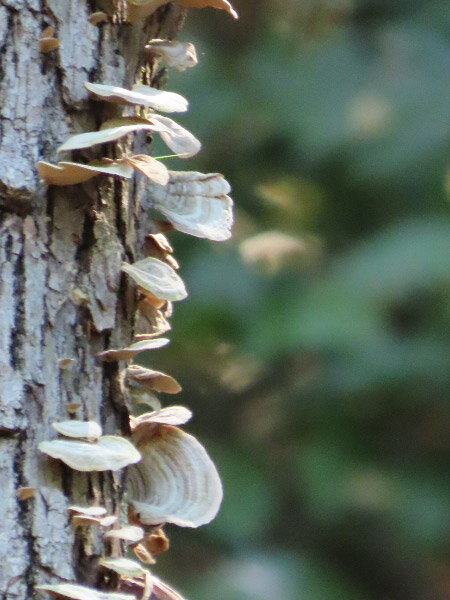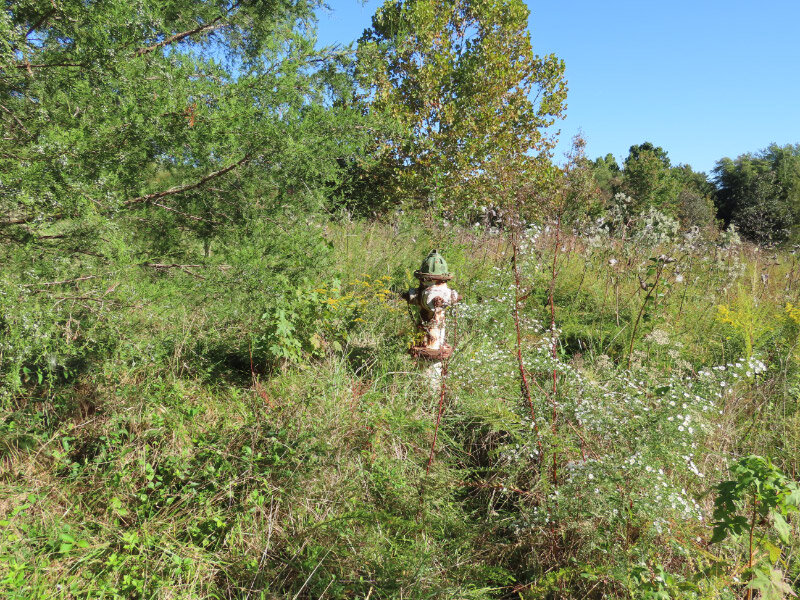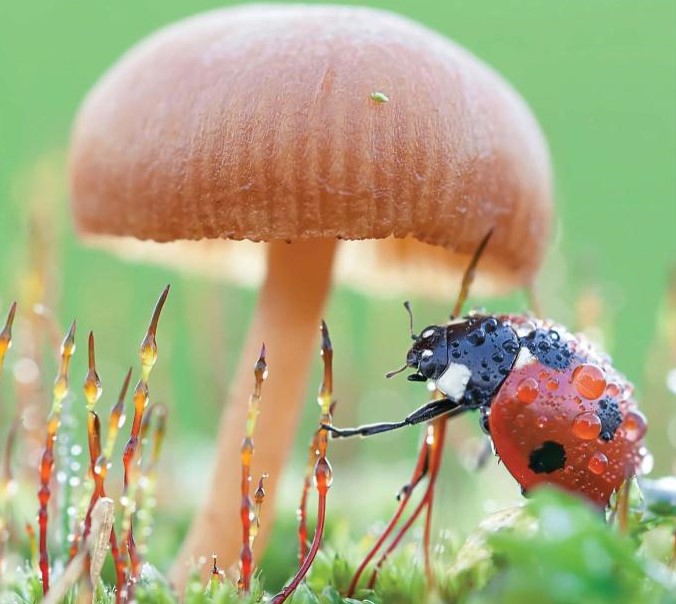Gleanings of the Week Ending January 11, 2025
/The items below were ‘the cream’ of the articles and websites I found this past week. Click on the light green text to look at the article.
Dogs trained to sniff out spotted lanternflies could help reduce spread – Dogs sniff out egg masses that overwinter in vineyards and forests. This is some good news in the fight against this invasive insect.
Farmers are abandoning their land. Is that good for nature? - Small-scale farmers with rocky soil, steep hills, or scarce water "give up because they cannot compete." By one estimate, the area of farm land that's been abandoned around the world since 1950 could be as much as half of Australia. Without people, cattle or sheep around, meadows filled with wildflowers and butterflies give way to shrubs and trees, which ecologists say are often less biologically diverse. There is an effort in some regions where humans are moving out to help wildlife move in (i.e. rewilding).
Seven proven ways to help the planet in 2025 – Some of the ways are easier than others. I have done 3 of the 7 for at least the last 5 years…and maybe now I should think about what more I want to do. The beginning of the year is always a good time to take stock on things like this.
This Mysterious Pyramid Dominated a Prehistoric Mexican City—and Still Guards Its Secrets – The Pyramid of the Niches in El Tajin….built by indigenous groups that predate the Aztec and Toltec. The Wikipedia article about site says it became a World Heritage site in 1992.
Aerial Photos Highlight Surreal Beauty of Kazakhstan’s Mangystau Plateau - Colorful canyons and mountains, dramatic salt flats, and surreal rocky outcrops…photographed by Daniel Kordan.
The Year in Energy in Four Charts - Solar is driving the shift to renewable power, and it continues to outpace the projections of both analysts and industry experts owing largely to China. Global EV sales reached a new high. In China, the sticker price for EVs is now generally lower than for conventional cars. Along with EVs, the growth of electric heating and cooling and the proliferation of energy-hungry data centers globally are driving up demand for power. Wealthy nations have all but stopped building new coal plants, and coal burning is expected to continue its decline in the developed world as countries move to wind and solar. We’re now moving at speed into the Age of Electricity, which will define the global energy system going forward and increasingly be based on clean sources of electricity.
Photos of the Year – December 30, 2024 – From The Prairie Ecologist
A Year of Climate Extremes, In Photos - 2024 … the hottest year ever, with warming reaching new extremes worldwide. These photos from Greenpeace show the profound impact of severe weather, which scientists are increasingly connecting to climate change.
Squirrels Are Displaying ‘Widespread Carnivorous Behavior’ for the First Time in a California Park – In California’s Briones Regional Park (not far from Oakland and Berkeley), California ground squirrels there are now known to hunt, kill, decapitate and consume voles. Squirrels of all ages and sexes took part in the vole hunt, an indication that this dietary flexibility is widespread across the species and may serve as a crucial survival mechanism in response to fluctuating environmental conditions
Vampire hedgehogs, pirate spiders and fishy fungi - the strangest new species of 2024 – New species are discovered every year….so much we don’t know about our world!



